INTRODUCTION
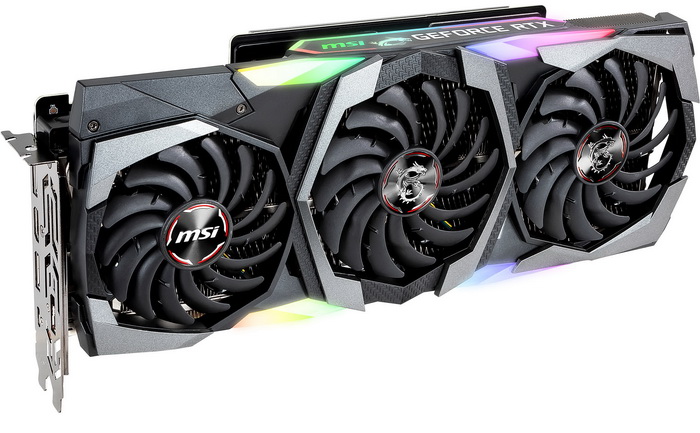
If you've been in the PC "arena" since the early 90's like i have then you should be all too familiar with names like Trident, S3, Matrox and 3DFX. Trident used to produce "very basic" VGA chips (TVGA/TGUI series) whereas S3 (Trio/Virge/Savage), Matrox (Mystique) and 3DFX (Voodoo/Banshee) focused most of their resources in the development of 3D capable chips primarily aimed towards gamers. Now the reason i didn't mention NVIDIA and ATI initially is because their arrival in the market all but signified the start of the 3D revolution in graphics (3D accelerator wars as some like to refer to that era) and effectively the beginning of the end of all the other companies i mentioned above and even though 3DFX was by all accounts the real "pioneer" of 3D graphics both NVIDIA and ATI offered far more affordable models and with wider game compatibility (which ended in 3DFX's acquisition by NVIDIA in December 2000). For good or bad the "3D accelerator wars" between NVIDIA and ATI continued not only up until the acquisition of the latter by AMD in 2006 but even today and so after testing the very good AMD Radeon 5700 XT Nitro+ by Sapphire the time has come for me to test yet another NVDIDIA model, the GeForce RTX 2080 Super Gaming X Trio by MSI.
MSI is a world leader in gaming, content creation and AIoT solutions. Bolstered by its cutting edge R&D capabilities and customer-driven innovation, MSI has a wide-ranging global presence spanning over 120 countries. Its comprehensive lineup of laptops, graphics cards, monitors, motherboards, desktops, peripherals, servers, IPCs, robotic appliances, and vehicle infotainment and telematics systems are globally acclaimed. Committed to advancing user experiences through the finest product quality, intuitive user interface and design aesthetics, MSI is a leading brand that shapes the future of technology.
Just like the GeForce RTX 2080 graphics card the GeForce RTX 2080 Super is based on the 12nm TU104 chip, this time however completely unlocked resulting in 3072 shader units (2944 for the RTX 2080), 192 texture mapping units (184 for the RTX2080), 384 Tensor cores (368 for the RTX 2080), 64 ROPS (same number for the RTX 2080) and 48 RT cores (46 for the RTX 2080). The RTX 2080 Super also sports the same number of transistors (13.6 billion) and GDDR6 RAM (8GB by Samsung for this model) as its predecessor but comes with increased clock speeds on both the core (1815MHz/1710MHz) and RAM (15.5Gbps/14Gbps) and a higher TDP (thermal design power - 250W/215W). On top of all of the above the Super Gaming X Trio model by MSI also offers a factory overclocked boost clock of 1845MHz (RAM clocks remain the same), 12 phase VRM custom PCB, Tri-Frozr cooling solution (triple fan, dual heatsink design with 7 heatpipes, copper base and support for zero RPM mode when in idle), reinforced metal frame, rear backplate and Mystic Light compatible RGB LEDs (20 effects). As for available outputs the GeForce RTX 2080 Super Gaming X Trio comes ready with 3 DP v1.4 ports, single HDMI v2.0b port and a USB-C port thus supporting a total of 4 displays with resolutions of up to 7680x4320p.
SPECIFICATIONS AND FEATURES

PACKAGING AND CONTENTS
As usual the front of the box is taken by a large product picture along with the company logo and the product name.
A sticker with the product serial number and barcode is located on the left side of the box.
Four pictures are used at the rear of the box to showcase the main product features (the OS list is also here along with several certifications).
The card is wrapped inside a static free bag and placed inside a formed piece of black foam (most of the bundle is placed inside a thick black envelope).
Inside the box you will find the GeForce RTX 2080 Super Gaming X Trio graphics card, PCI card support bracket, warranty information paper, registration paper, support bracket installation guide, quick user's guide and a book taking you through all the steps of installing and using the card (strangely enough this seems to have been made for kindergarteners).
THE GEFORCE RTX 2080 SUPER GAMING X TRIO
Measuring 328mm in length, 56.5mm in width (3-slot design) and 140mm in height the GeForce RTX 2080 Super Gaming X Trio is a very large card.
To have a better understanding of its sheer size i placed it right next to one of the GeForce RTX 2060 ROG Strix OC graphics cards i have here (never got the chance to review these but i did benchmark and add one in the charts).
The three double-ball bearing fans MSI has placed over the dual-heatsink feature different blade designs for optimal airflow levels and reduced noise (the zero-fan feature keeps the fans inactive until temperature passes 60 degrees Celsius).
Aside the 4 RGB LEDs located at the front just above and beneath the fans the MSI logo and a at the top of the card is also illuminated.
By using two 6pin PCIe power connectors (in addition to the PCIe slot) the card is provided with up to 375W of power.
The SLI connector is placed on the far top as with all GPU's we've seen to date.
Turning the card around we see the rear aluminum cover which effectively protects the entire area.
At the front we find 3 DP v1.4 ports, single HDMI v2.0b port and the USB-C port.
Here you can see the MSI GeForce RTX 2080 Super Gaming X Trio while running benchmarks.
MSI AFTERBURNER & DRAGON CENTER
The afterburner overclocking software by MSI really needs no introductions and is also what i used to overclock this specific card.
From the initial screen you can check the cards current clocks and temperatures, adjust fan speed and of course push the cards clocks and voltages (the OC button on the upper left corner can be used to automatically find the maximum safe OC for your card).
Installing the Dragon Center is a bit harder than the Afterburner software mainly because it downloads and then starts many addons at start-up (and that takes quite a bit of time).
From within the Dragon Center you can enable gaming mode for your installed games (for the optimal gaming experience), use one of the 4 speed presets (5 including the custom one - need to restart your system after changing this), use the hardware monitor, launch the companion app (ended up not using this), pick one of the 3 true color presets (screen temperature), prioritize games via the LAN manager, adjust the RGB settings (20 effects), enable ambient link with other devices (if available), check for software updates and enable/disable the zero-fan mode (you can also push all fans at 100% via the cooler boost button).
TEST BED
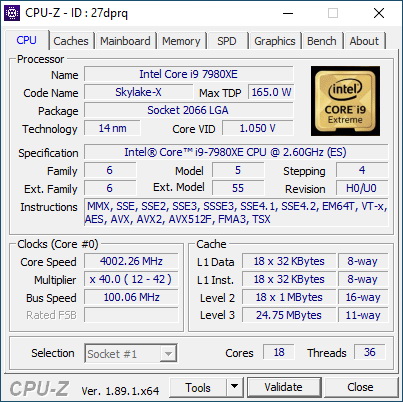

TESTING METHODOLOGY

Since we'll be using our latest test rig with our graphics cards tests, we also moved to another screen (Philips BDM4037UW) in order to also offer 4k Ultra HD tests. Of course, 2160p (3840x2160p) is not the only resolution we'll be testing cards with, we are also going to be testing them at 1080p Full HD (1920x1080p) and 1440p (2560x1440p). Also because far too many gamers own Ultra-Wide screens at first i wanted to use our AOC AGON AG352UCG monitor in order to also have its resolution of 3440x1440p in our charts but since it's plugged into our other test rig several meters away from this one i really had to choose (and 4k seemed like the better choice). This time over we also updated the list of benchmarks/games to include the Time Spy benchmark by UL, Assassin's Creed Odyssey by Ubisoft, Devil May Cry 5 by Capcom, Dreadnought by Yager, GEARS 5 by The Coalition, Metro Exodus by 4A Games, Star Citizen by Cloud Imperium Games and The Outer Worlds by Obsidian Entertainment. As with the past options like power saving, sharpness and overlays are all disabled in the cards we’re testing (to achieve maximum performance) and all tests are repeated a total of 3 times in a fresh Windows 10 Pro installation with all updates installed until the day of our review (same as all the games used). Room temperature is as usual controlled and steady at 23 degrees Celsius for all tests and to record the temperatures of the cards we used AIDA64 and GPU-Z. Recording noise levels is done with an ExTech HD600 dBA meter from a distance of no more than half a meter away (exterior of case) while power consumption is measured again using GPU-Z.
TEST RESULTS - 3DMARK TIMESPY

Time Spy was added in 3DMark back in 2016 with only 1 simple goal, to test the graphics of systems with Windows 10 and DirectX 12. Time Spy was used at default settings.



TEST RESULTS - ASSASSINS CREED ODYSSEY

Assassin's Creed Odyssey is an action role-playing video game set in the year 431 BC and the Peloponnesian War between Athens and Sparta and is based on the AnvilNext engine. For our tests we use the built-in benchmark of the game with FPS limit off, V-Sync off and the graphics set at high quality (because Assassins Creed Odyssey auto-detects your graphics card and sets settings accordingly the same graphics quality needs to be set manually every time).



TEST RESULTS - BORDERLANDS 3

Borderlands 3 is an action role-playing first-person shooter video game released back in late 2019 and is powered by Unreal Engine 4. Borderlands 3 has a very basic built-in benchmark which we set at DirectX 12 with unlimited frame rate and overall quality set to High.

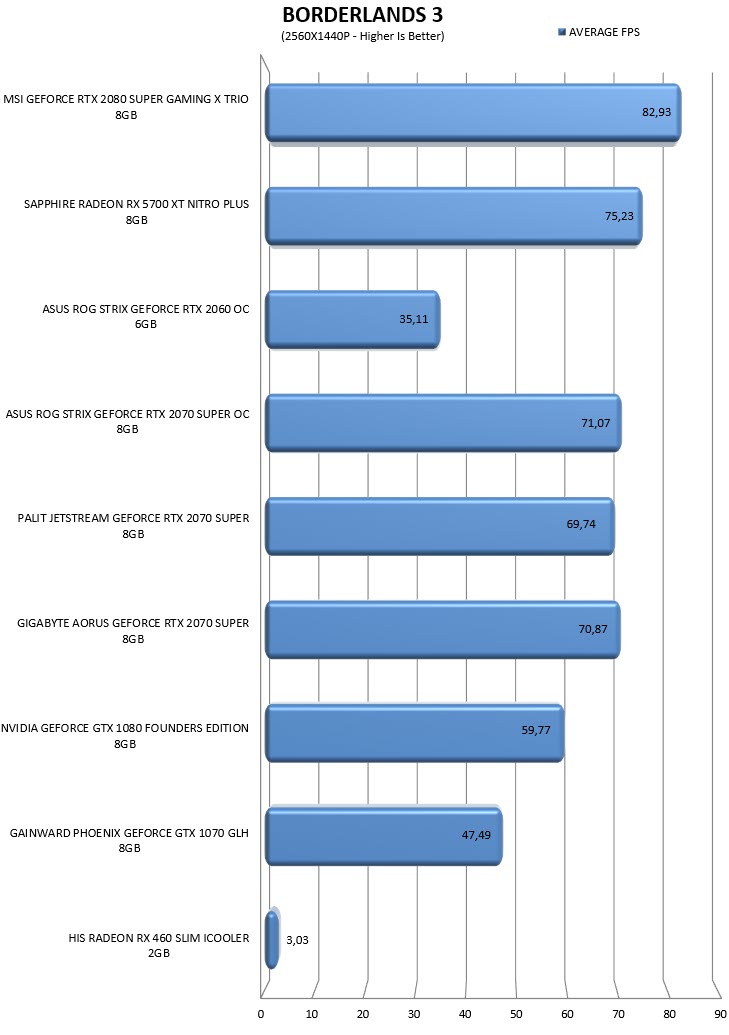

TEST RESULTS - DEVIL MAY CRY 5

Devil May Cry 5 is an action-adventure hack and slash video game released in March 2019 and is based on the RE Engine like other titles by Capcom. Devil May Cry 5 doesn't feature his very own built-in benchmark so for that purpose we're using the latest version of Rivatuner Statistics Server with V-Sync Off, variable frame rate and all graphics settings set at High.



TEST RESULTS - DREADNOUGHT

Dreadnought is a space combat simulation game released for the PC in late 2018 and is the 3rd game in our tests based on the Unreal Engine 4. Dreadnought used to come with its own built-in benchmark but since that was removed, we decided to use Rivatuner Statistics Server with V-Sync off and graphics set to High.



TEST RESULTS - GEARS 5

Gears 5 is a third-person shooter video game released back in mid-2019 and is powered by Unreal Engine 4 just like Borderlands 3. Gears 5 features a very convenient (not to mention fast) built-in benchmark which we use with V-Sync off, unlimited frame rate (none for minimum) and Ultra graphics quality.



TEST RESULTS - METRO EXODUS

Metro Exodus is a first-person shooter video game released in 2019 and is based on the 4A Engine. The latest game in the Metro series also features its very own benchmark utility which we set at DirectX 12 and Ultra graphics quality (we're also running RTX tests with NVIDIA graphics cards with that setting set at Ultra).



TEST RESULTS - STAR CITIZEN

Star Citizen is an upcoming multiplayer space trading and combat game the main development of which started back in 2012 and is currently based on the Lumberyard game engine. Not only does Star Citizen come without any built-in benchmark (or utility) but it’s still in Alpha status meaning that this is not the most stable game title to use for our benchmarks (numerous graphics optimisations are expected between now and launch day). Still we wanted to have it in our charts for anyone interested and so we did by using Rivatuner Statistics Server with V-Sync turned off and the graphics set at High.



TEST RESULTS - THE OUTER WORLDS

The Outer Worlds is an action role-playing game released back in late 2019 and is also based on the Unreal Engine 4. The Outer Worlds is yet another title we had to use Rivatuner Statistics Server with V-Sync off, unlimited frame rate and graphics set at Very High.



TEST RESULTS - OVERCLOCKING

For this review we pushed the GeForce RTX 2080 Super Gaming X Trio a total of 110MHz on the core and 337MHz on the memories (all the other cards in these charts are also overclocked).





TEST RESULTS - POWER CONSUMPTION / TEMPERATURES / NOISE LEVELS



CONCLUSION

Ever since i bought my very first graphics card back in 1995 (S3 ViRGE - up until then all my systems had Trident ones) i realized that graphics would go a long way (even more so when i got the Riva 128, Rage 3D and the 3DFX Voodoo cards). Still i was never much into graphics cards reviews, mainly because some of my colleagues are pretty darn good at it (and already have all the connections they could ever need). Still the combination of me not doing early launch reviews (which means far more mature drivers by the time i do test a card) and many of you asking meant i needed to start delivering and to that end i just had to check one of the RTX 2080 Super models out. So as expected the MSI GeForce RTX 2080 Super Gaming X Trio is the fastest model to arrive in the office/lab and since i seriously doubt I’ll be able to get my hands on an RTX 2080 Ti prior to the RTX 30XX line getting launched later this year this will probably be so for quite a while. Now as you can all see in our charts in terms of performance the GeForce RTX 2080 Super Gaming X Trio easily surpasses everything else in the charts including the previously reviewed Sapphire Radeon RX 5700 XT Nitro+ by an average of 20% (as low as 5% in some tests – do keep in mind however that Dreadnought seems to be capped for some reason - and as high as 40% in others) a number which for some people may not justify the massive difference in price but at the end of the day it’s still a significant gap in performance. On top of that electrical efficiency is at very high levels, overclocking headroom is quite good (although far from great) and the same goes for noise levels and temperatures so it’s not just performance that you’re getting from the GeForce RTX 2080 Super Gaming X Trio. In terms of design i can’t really find anything wrong with the GeForce RTX 2080 Super Gaming X Trio. I admit that I’d like individual control over all its RGB LEDs via the Dragon Center software but I’m probably nitpicking.
The entire Covid-19 “crisis” hasn’t done any favours to the global economy/market and that includes graphics cards prices since the MSI GeForce RTX 2080 Super Gaming X Trio currently retails for no less than USD1147.99 inside the USA (Amazon.com) and 857Euros inside the EU (Amazon.co.uk). With this in mind even though pricing on the other side of the Atlantic is clearly absurd (you can find the clearly faster GeForce RTX 2080 Ti Gaming X Trio model for like USD150 more) over here things are better, not perfect (considering the GeForce RTX 2080 Super Gaming X Trio used to retail at just around 740Euros) but better. With price as its current drawback the GeForce RTX 2080 Super Gaming X Trio may not offer the best bang for your buck but it’s among the fastest cards in the world right now and that combined with its general performance are enough for our Platinum Award.

PROS
- Build Quality (Backplate / Reinforced Metal Frame)
- Excellent Performance
- Factory Overclock
- Good Overclocking Headroom
- Noise Levels / Power Consumption / Temperatures
- Looks (RGB System)
- Supported Technologies (Real Time Ray Tracing & Deep Learning Super Sampling)
- Bundled Card Support Bracket
CONS
- Price (Especially Current Ones)
- Size (3 Slot Card)

 O-Sense
O-Sense





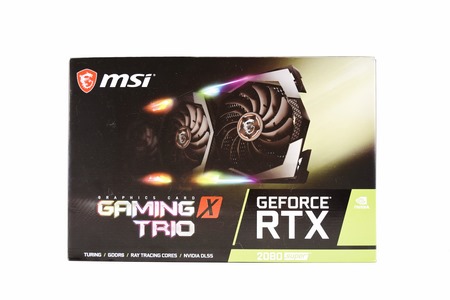














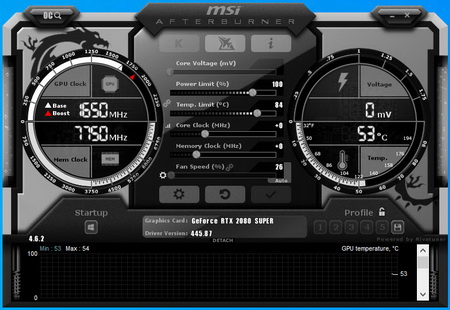


















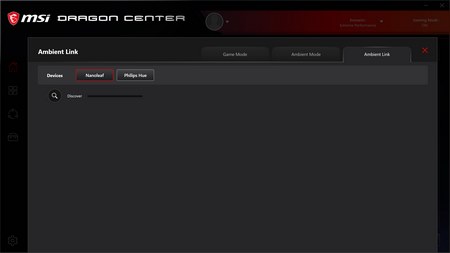








.png)

